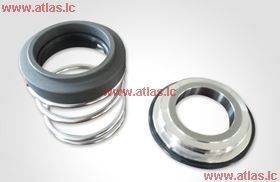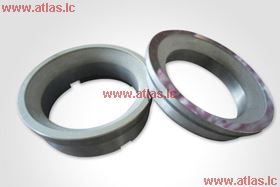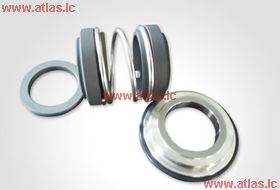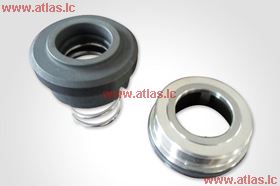FMC Technologies provides transfer loading solutions between relative moving units with its Chiksan® loading arms based on rigid articulated piping and Chiksan® swivel joint technologies. FMC Technologies' Loading Systems are reliable solutions using proven technologies and components, equipped with safety features, fully integrated and autonomous packages.
Marine Solutions ranges from conventional ships berthed along a fixed shore jetty to offshore applications between two floating units. FMC Technologies provides expertise in the different areas with proven solutions installed on:
- Conventional on shore jetty in port
- Floating jetty/ship moored at shore
- Fixed jetty in exposed location
- Gravity Based System for offshore
- Floating unit for offshore
The loading systems cover a large range of product applications, including:
- Liquid petroleum products
- Liquefied petroleum gas
- Liquefied natural gas
- Compressed natural gas
- Chemical products
- Others on demand
FMC Technologies developed a tandem LNG loading application, the ATOL, that is the technical answer allowing for a stern to bow separation distance up to 115 meters, for more severe sea states when side by side mooring can only be achieved in moderate environmental conditions.
The ATOL, designed for carriers equipped with the Bow Loading Skid, is an integrated solution with an articulated piping assembly and the solution is supported by proven technology, tests, components qualifications, and conceptual certification. This design delivers up 25 to 30 years life expectancy and low maintenance.
Onshore Marine Loading Arms
The Chiksan® Marine Loading Arm is an articulated pipe system incorporating the world proven Chiksan® swivel joints for articulations and can be equipped with a complete range of accessories to enhance the operating safety and optimize the maintenance, regardless of the viscosity or temperature of the liquid, from liquid sulphur to liquefied natural gas, and from river barges to the largest crude oil carriers.
FMC Technologies offers a range of standard marine loading arm models, available either in manual or fully powered versions. Each model has multiple configurations to best meet the specific needs of each installation. To meet a plethora of installation and application needs, FMC Technologies developed a range of marine loading arms designed for petroleum products.
Self-supporting arms:
- FBMA / CMA
- PCMA-H
- RCMA / DCMA
- BOA for ship-to-ship LNG refueling
Offshore Marine Loading Arms
The offshore transfer systems cover any installation located at distance from the shore, on open sea, and exposed to severe environmental conditions. These systems are principally for the LNG and LPG transfer between floating units.
Side by Side Solutions
Side by side offshore loading consists in the transfer of product between two ships, moored in a side-by-side arrangement. The loading arms and systems are designed to allow loading operations in the worst side-by-side environments without overloading or overstressing standard carrier manifolds.
Bunkering Vessel Solutions
FMC Technologies offers the Bunkering Loading Arm or BOA, an offloading arm which allows for ship-to-ship LNG refueling. The bunkering loading arm is designed to rotate a full 270 degrees, making it capable of maneuvering to accommodate different types of ships.
Tandem Solution
The ATOL is made of a rigid supporting structure and articulated piping to follow the relative motions of the carrier in a tandem configuration. This design allows a separation distance between FLNG and LNG carriers of about 65 to 85 meters.
Exposed Locations
Exposed locations are typically conventional installations out of port or breakwater protections, or floating installations with benign environmental conditions compared to offshore.
FMC Technologies provides solutions with conventional loading arms adapted and sized for the dynamic conditions. Depending of the conditions of relative motions, a targeting system may be required to perform the connection or disconnection.






